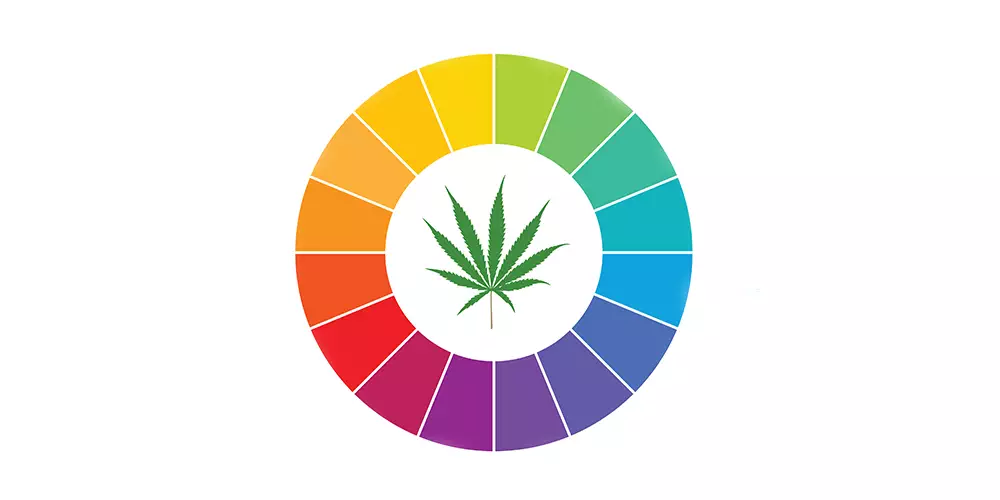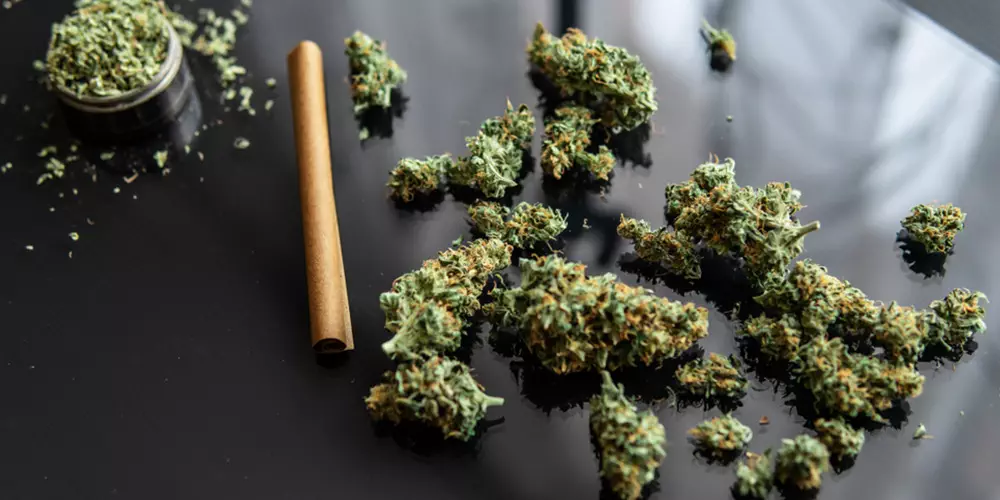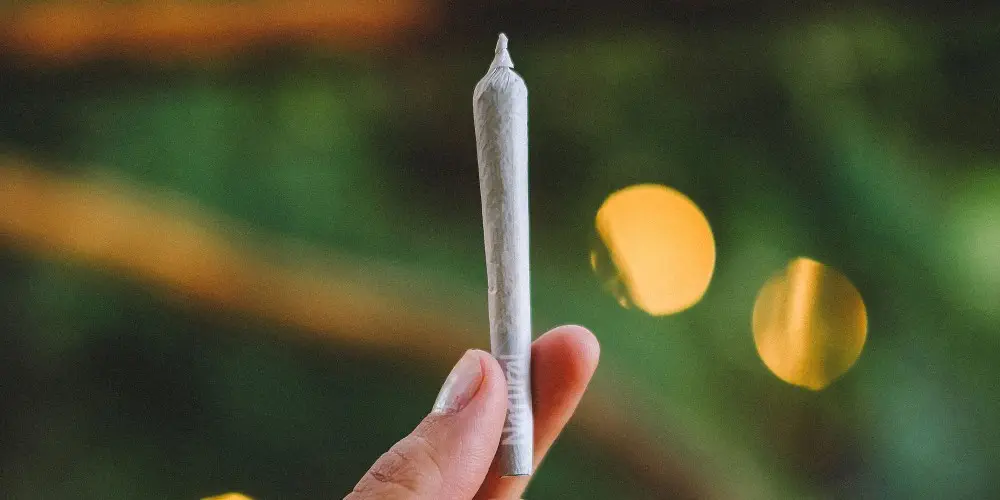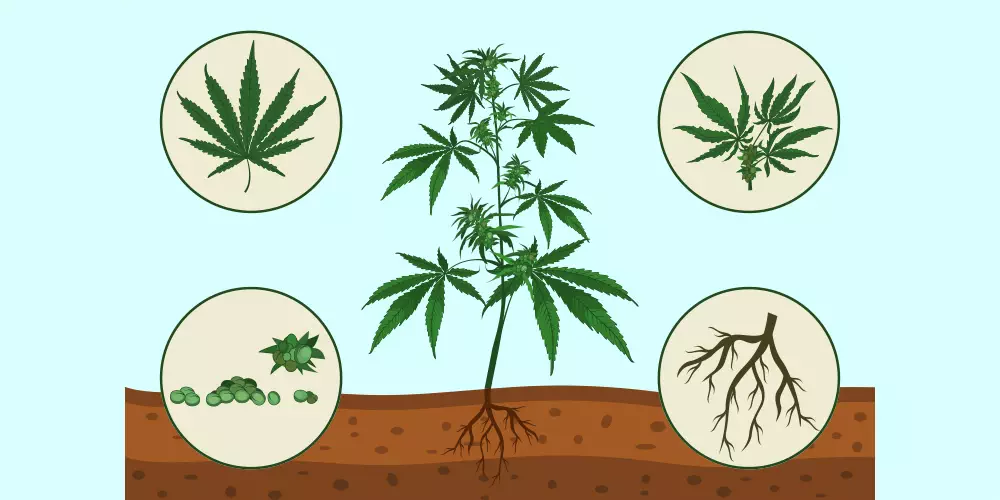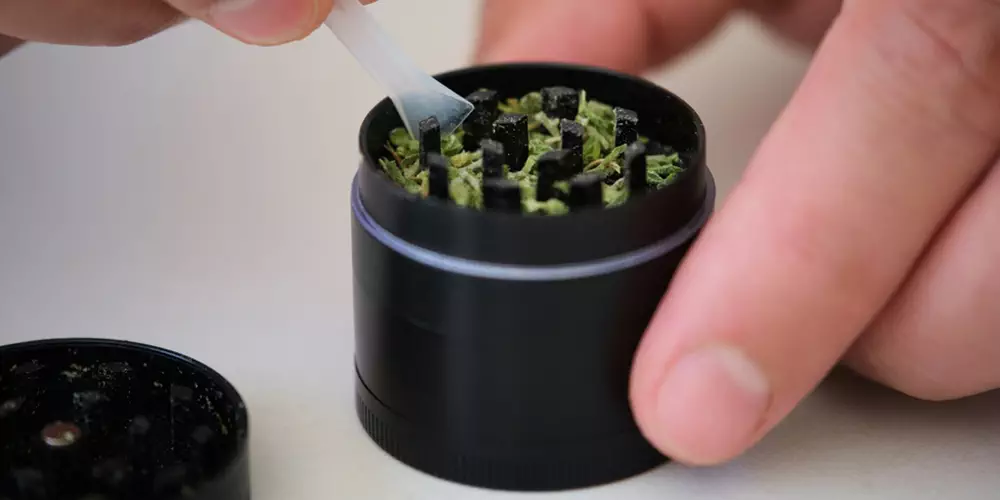Understanding the chemical makeup of your bud can enhance your enjoyment of it. It can also ensure you use your weed safely and fully appreciate what effects it has on your body. Part of understanding your bud better involves learning more about what terpenes are. You can get more out of your use of weed when you fully appreciate why terpenes exist in cannabis and what impact they can have on you.
What are Terpenes?
Terpenes are naturally occurring aromatic compounds that are found in a wide variety of plants and flowers. They give vegetation natural scents and also attract pollinators like bees and wasps, as well as defend plants and flowers from predators.
Some of the most common plants that contain terpenes include lavender and black pepper. However, these organic compounds are also commonly found in cannabis. They give cannabis its distinctive smell and distinguish it from other plants around which wild cannabis often grows.
Terpenes also offer medicinal or therapeutic effects in people who experience health conditions like chronic pain or high levels of anxiety.
In fact, while medical and scientific studies into terpenes continue, some scientists believe these organic compounds enhance the physiological and psychological effects of cannabis. Even more, two common terpenes, pinene and linalool, are known to relieve anxiety, as well as regulate people’s moods and pain levels, respectively.
Terpenes and THC: What’s the Difference?
As you learn more about terpenes, it is critical that you appreciate the fact they are not the same thing as THC. THC, or Tetrahydrocannabinol, is the chemical component in cannabis that gets you high. Terpenes in and of themselves are not capable of getting you high.
However, they do work together to enhance the high that THC gives you. In fact, depending on the type of weed you use, your bud can contain anywhere from 200 to 400 or more different terpenes in it. These terpenes all work in conjunction with each other to affect the high you get from the THC in your weed.
You have no real way of knowing what terpenes exist in cannabis just by looking at it, however. To find out for sure what terpenes could be in your weed, you should buy from a state-regulated dispensary that sells mandatory state-tested cannabis that shows its terpene contents.

How Do Terpenes Affect the Body?
Terpenes and their effects have on the human body varies just as much as the actual terpenes themselves. All of them offer their own unique impacts that, when combined with other terpenes, can maximize the use you get out of your cannabis.
However, some of the most commonly identified effects that terpenes can offer include medicinal properties like:
- Anti-inflammatory
- Antibiotic
- Anti-fungal
- Pain relieving
- Anti-tumor
- Anti-anxiety
- Antidepressant
- Antihistamine
Some studies suggest that terpenes can also relieve some of the symptoms of diabetes and improve memory function in people who use cannabis.
Other studies show terpenes might reduce the frequency or severity of seizures in people who have illnesses like epilepsy. These organic compounds have also shown promise in boosting the immune response in the human body.
Which Terpenes are in Cannabis?
Out of the more than 20,000 identified terpenes that exist naturally in the world, scientists know that cannabis plants can contain anywhere from 200 to 400, if not more, of them.
Still, chances are your weed will contain some of the most common terpenes found in most types of cannabis. These examples of common cannabis terpenes include:
The amount of terpenes in your weed will largely depend on its strain.
| Terpene | Aroma/Flavor Profile | Reported Effects |
| Bisabolol | Floral, Sweet | Potential anti-inflammatory, anti-irritant, and skin-soothing properties, may have sedative effects |
| Borneol | Camphor, Earthy | Potential anti-inflammatory and analgesic properties, may have calming effects |
| Camphene | Herbal, Camphor | Potential antioxidant, anti-inflammatory properties, may help with cardiovascular health |
| Caryophyllene | Spicy, Peppery | Anti-inflammatory, potential analgesic effects, interacts with the endocannabinoid system (CB2 receptor) |
| Delta-3 Carene | Sweet, Earthy | Potential anti-inflammatory and drying effects, may help with fluid regulation |
| Eucalyptol | Minty, Spicy | Invigorating, potential antibacterial, anti-inflammatory effects |
| Humulene | Earthy, Woody | Potential anti-inflammatory, appetite suppressant, antibacterial properties |
| Limonene | Citrus | Uplifting, anti-stress, potential anti-anxiety and antidepressant effects, may have gastroprotective properties |
| Linalool | Floral, Lavender | Calming, sedative, potential anti-anxiety and antidepressant effects |
| Myrcene | Earthy, Herbal | Relaxation, analgesic, anti-inflammatory, potential muscle relaxant |
| Phytol | Floral, Earthy | Potential antioxidant, anti-inflammatory properties, may have neuroprotective effects |
| Pinene | Pine | Alertness, focus, potential anti-inflammatory and bronchodilator effects |
| Terpinolene | Floral, Herbal | Relaxation, potential sedative effects, antioxidant properties |
| Trans-Nerolidol | Floral, Woody | Sedative, potential antioxidant and anti-inflammatory effects, may help with anxiety and sleep |
| Valencene | Citrus, Sweet | Potential anti-inflammatory properties, may have mood-enhancing effects |
Please note that the effects of terpenes can vary based on factors such as concentration, individual tolerance, and the presence of other compounds. Additionally, scientific research on terpenes is ongoing, and more specific information can be found in research papers and scientific literature.
What Terpenes Get You High?
Terpenes in and of themselves cannot get you high.
They may each individually possess certain medical or therapeutic qualities. However, if you were to ingest any of them separately from weed, you would not get high from them.
Still, terpenes do have a symbiotic relationship with each other, as well as the chemical makeup of cannabis, that can enhance the high you get from your bud. One of the most common terpenes found in cannabis, myrcene, can make your high more potent and help it last longer, for example. Likewise, the terpene pulegone can make using weed more enjoyable, particularly if you suffer from conditions like anxiety, frequent colds or the flu or menstrual pain.
Likewise, because the terpene makeup varies from one strain of cannabis to another, some types of weed are more potent than others. If you want a high that is more intense and long lasting, you should read the label on your cannabis to find out what terpenes it contains before you buy it.

What Strain Has the Most Terpenes?
Scientists theorize there is no real way to tell what strain of cannabis has the most terpenes. There are more than 20,000 terpenes known to exist naturally in plants and flowers throughout the world. Likewise, each strain of cannabis contains its own unique combination of terpenes.
Still, cannabis experts say people can find out what terpenes are in cannabis before they purchase it. In fact, these same experts recommend you buy your cannabis from a state-regulated dispensary if you truly want to find out what terpenes are in your weed products.
State-regulated dispensaries must test their cannabis before selling it to the public. This mandatory testing can reveal exactly what terpenes are in the cannabis. You, in turn, will be able to anticipate what kind of medical or therapeutic effect the cannabis will have when you use it.
What Do Terpenes Look Like?
If you were to look at a cannabis plant, you would not be able to see the terpenes in it.
In fact, terpenes are not visible to the naked eye. They are microscopic and only visible under the slide of a microscope.
Still, scientists do know that terpenes are found in structures known as trichomes, which are found on every cannabis plant. Trichomes look like tiny hairs and are found on cannabis leaves and flowers.
If you were to look at terpenes under a microscope, you would find out that they take one of three different shapes: Cyclic, branched or linear. Despite these varying shapes, terpenes all contain the same chemical formula of C5H8.
This formula indicates the number of isoprene units terpenes contain. Isoprenes are terpene’s building blocks.
The “Entourage Effect”
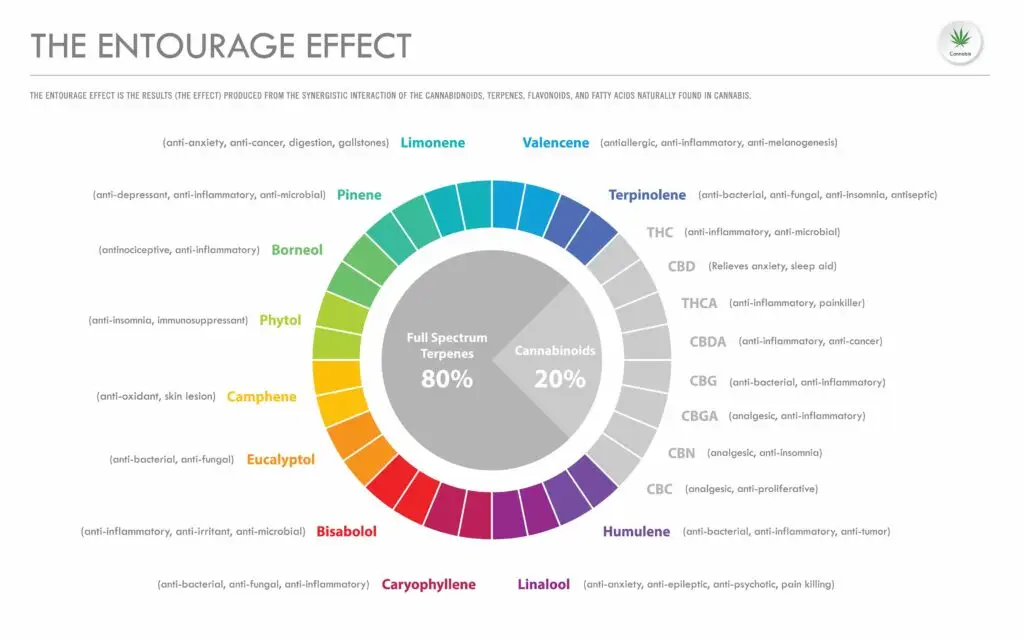
The “Entourage Effect” in cannabis refers to the symbiotic relationship terpenes form with each other to create a more intense user experience. This experience impacts people differently. Some people have intense and longer lasting highs while other people may only experience a short period of a less intense high.
Even more, this effect can vary from strain to strain. The terpenes in some strains of cannabis help users feel more relaxed or even sleepy while others allow people to feel more alert and focused.
Still other strains of cannabis have terpenes that work together to relieve pain from conditions like arthritis or menstrual cramps. Some types of cannabis also have terpenes that create an entourage effect of relieving anxiety, depression and panic attacks.
The “Entourage Effect” you get from your cannabis will vary from the effect others get, even if you are using the same strain of cannabis. You can find out what types of terpenes are in your strain of cannabis and anticipate what kinds of effects that you might get from it when you read the product’s label before buying it.
Are Terpenes Bad for You?
Terpenes are not necessarily bad for you. They exist naturally in a wide variety of plants and flowers and serve important functions in distinguishing one type of plant or flower from another.
Even more, you ingest terpenes when you eat foods like black pepper or citrus. These organic compounds often contain potent medicinal or therapeutic qualities that can enhance your physical and emotional health.
Still, everyone reacts differently to terpenes. Some people may experience a more intense reaction to terpenes like myrcene, one of the most common types of terpenes in cannabis, while other people may only experience a mild reaction.
The best way to find out what type of reaction you can anticipate is to buy cannabis from a regulated and tested dispensary. You will know what terpenes are in the cannabis products.
Terpenes can maximize your enjoyment and safe use of cannabis. These naturally occurring organic compounds work together to create what is known as an “entourage effect” that can make your cannabis more potent. Cannabis contains dozens of types of terpenes, and the exact number varies from strain to strain.
Conclusion
The effect of terpenes on the body vary greatly on both the terpenes present in the weed as different strains contain unique combinations as well as the different characteristics of the person taking them.
Terpenes themselves don’t produce a “high,” but they can influence the quality, duration, and type of high experienced. They also offer a range of potential health benefits, from anti-inflammatory and antidepressant effects to possible applications in treating conditions like epilepsy and diabetes.
To make informed choices, consumers are advised to purchase cannabis products from state-regulated dispensaries that provide terpene profiles. This can help individuals anticipate the potential effects and medical benefits of a particular cannabis strain.
Overall, understanding the role of terpenes can deepen the appreciation of cannabis, making its use a more tailored and potentially beneficial experience.



